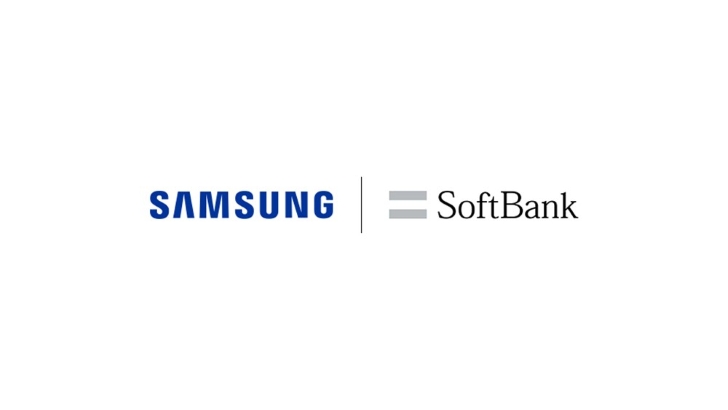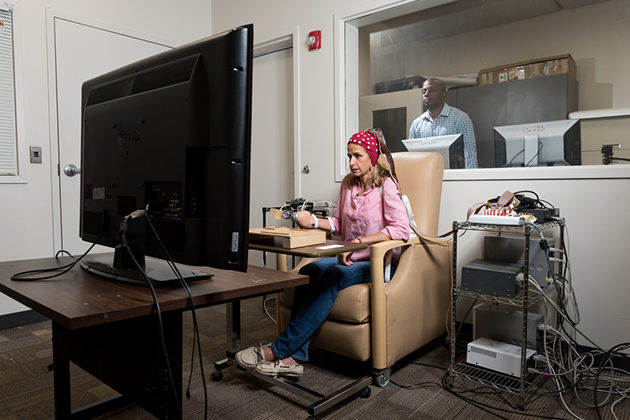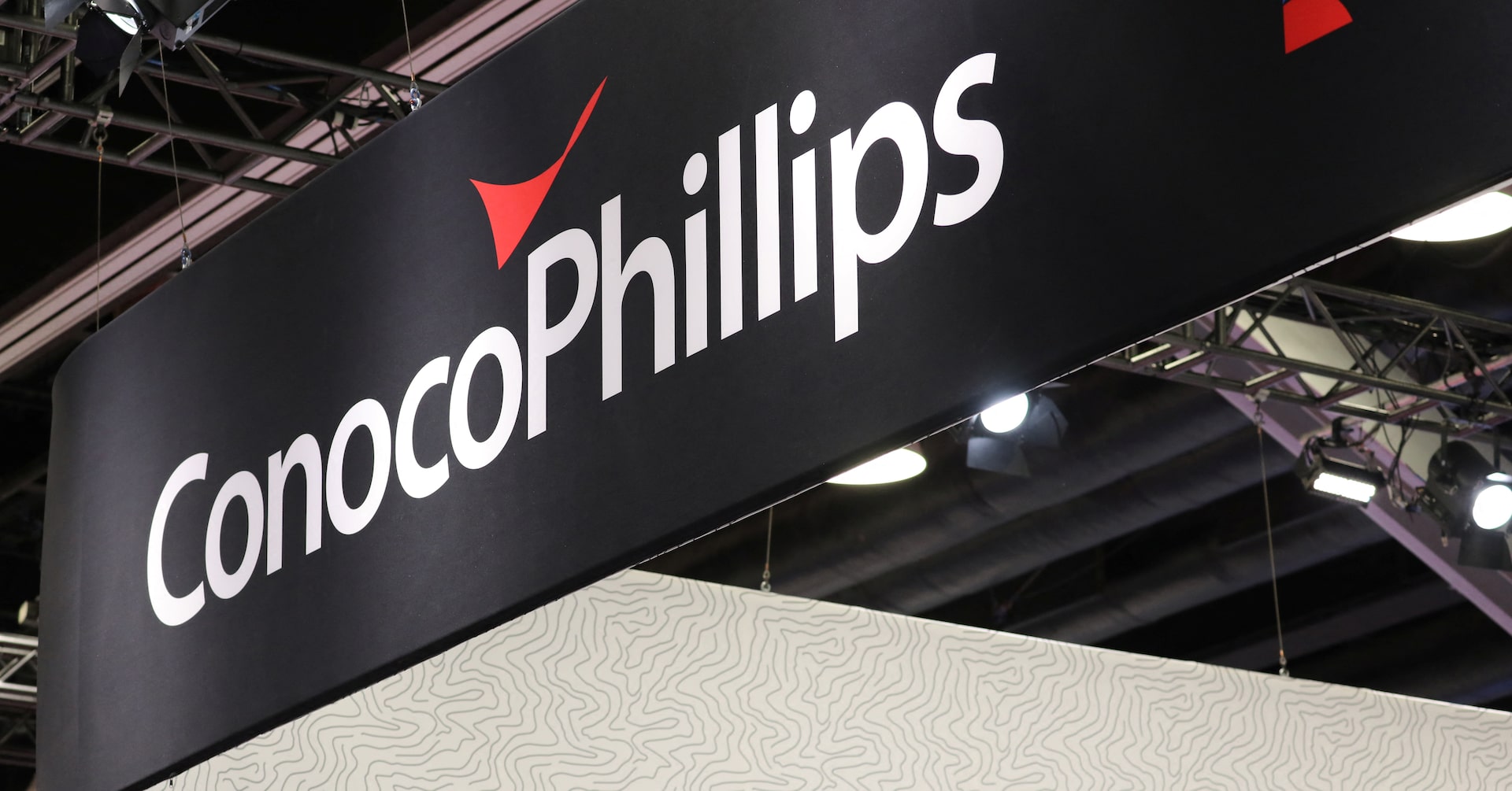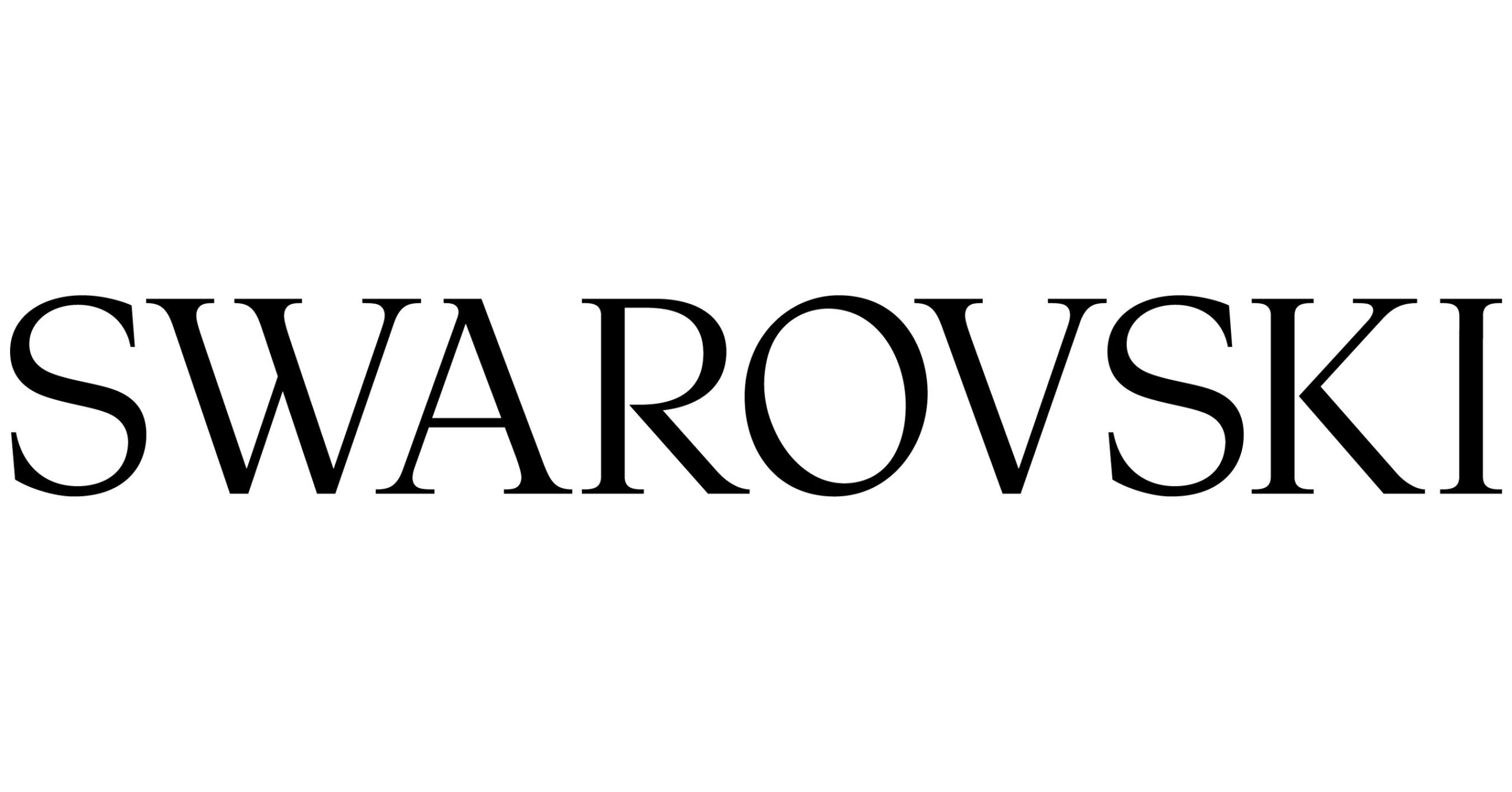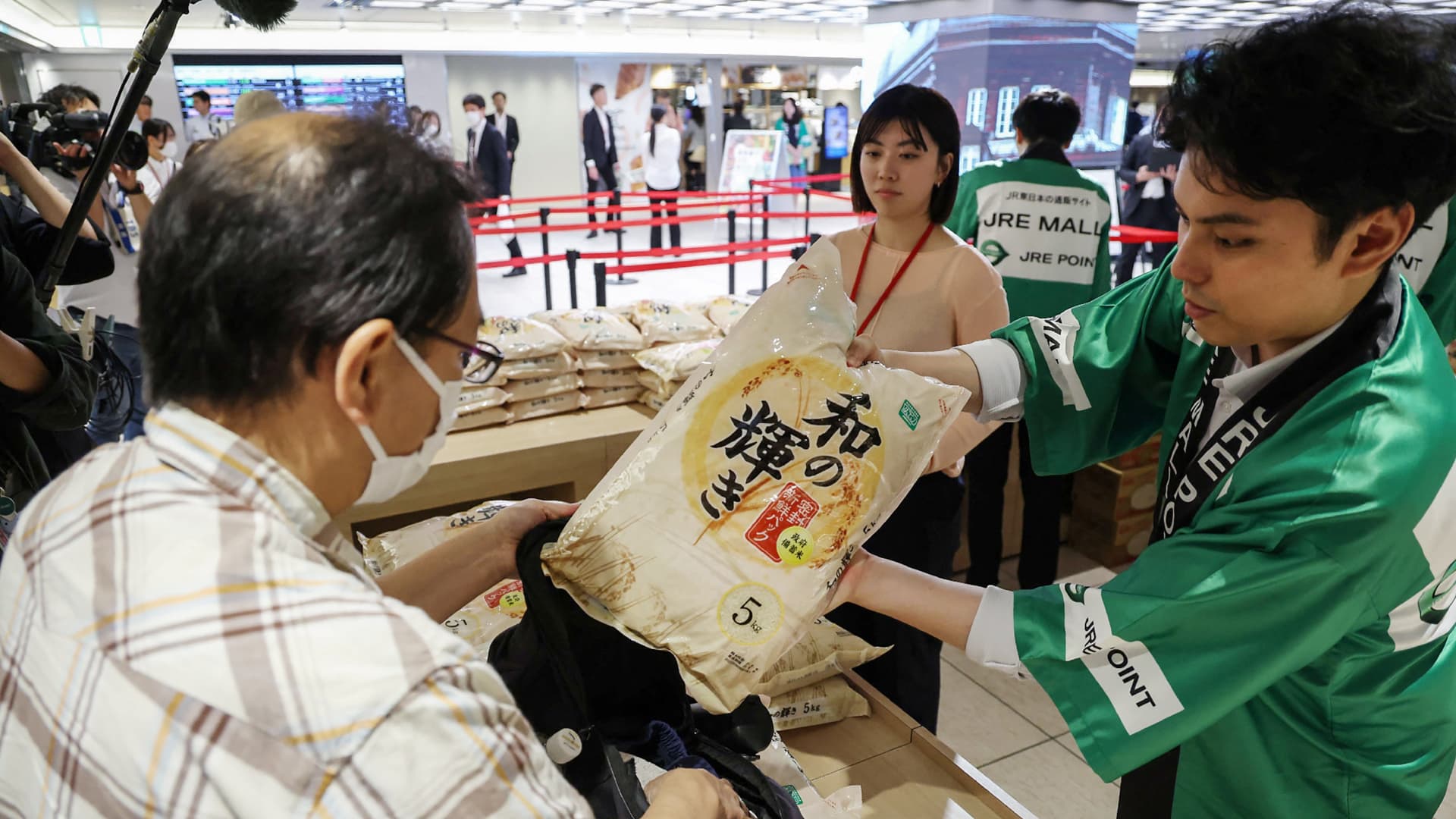Samsung Electronics and SoftBank Corp. have signed a Memorandum of Understanding (MOU) for joint research into next-generation communications technologies, including 6G and AI-based radio access network (AI-RAN) innovations.
The two companies will categorize next-generation communications technologies into four candidate areas — 6G, AI for RAN, AI and RAN, and Large Telecom Model (LTM) — and collaborate on select fields to drive future innovation. Leveraging their advanced technological expertise and network deployment capabilities, they plan to identify new use cases, jointly develop core technologies and demonstrate the technologies’ effectiveness.
This year marks a significant push toward 6G standardization, with discussions emerging on new frequency bands such as the 7GHz spectrum. Under the “AI for RAN” concept, AI-RAN technologies are expected to play a pivotal role in optimizing wireless networks.
Moreover, AI-RAN orchestration technologies under the “AI and RAN” concept — designed to seamlessly integrate AI workloads with base station workloads and operate them efficiently — hold significant potential for network optimization and enhanced user experiences. The use of Generative AI within communications networks is being considered a viable area of research as well.
“Through this collaboration with SoftBank, we aim to define meaningful use cases for both operators and end users, while securing key technologies for future commercialization,” said JinGuk Jeong, Executive Vice President and Head of Advanced Communications Research Center (ACRC) at Samsung Research. “Building on our advanced expertise in AI-RAN and 6G, Samsung will continue to lead innovation in next-generation communications.”
“We are very pleased to collaborate with Samsung, a global leader in communications technologies. By combining our advanced expertise, we will accelerate the realization of next-generation networks that evolve to become more efficient and highly reliable through AI-RAN,” said Hideyuki Tsukuda, Executive Vice President and CTO, SoftBank Corp. “SoftBank remains committed to taking on the challenge of building the next-generation social infrastructure essential for a future society where AI and humans coexist.”
Samsung Electronics continues to lead research in 6G and AI-powered communications technologies through its ACRC under Samsung Research. In November, the company plans to host the Silicon Valley Future Wireless Summit, an event aimed at fostering dialogue among industry leaders, academia and government organizations on AI-RAN research.
